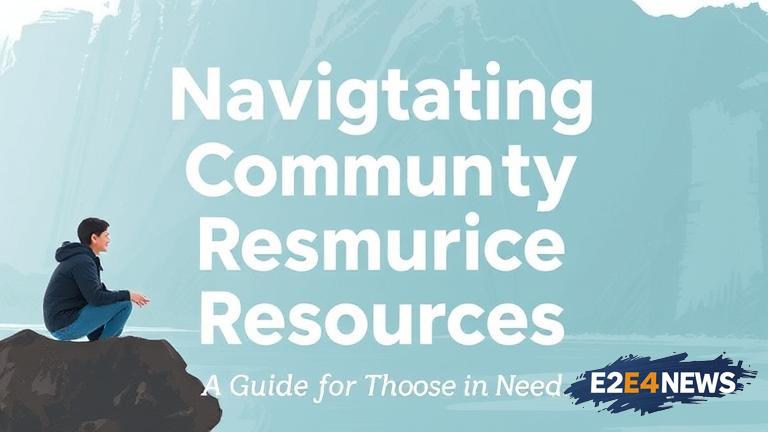For individuals facing challenges such as poverty, mental health issues, or social isolation, accessing community resources can be a daunting task. Many people struggle to know where to start or how to navigate the complex system of programs and supports available. However, there are steps that can be taken to get connected and start receiving the help needed. One of the first things to do is to reach out to local non-profit organizations or community centers, which often serve as hubs for information and referrals. These organizations can provide guidance on everything from food banks and housing assistance to counseling services and job training programs. Additionally, many communities have dedicated helplines or online portals that can help individuals find the resources they need. It’s also important to tap into personal networks, such as friends, family, or healthcare providers, who may be able to offer valuable recommendations or connections. Furthermore, social media platforms and online forums can be useful tools for finding and sharing information about community resources. Some communities also have resource fairs or other events that bring together providers of various services, making it easier for individuals to learn about and connect with the help they need. In some cases, it may be necessary to advocate for oneself or seek out the assistance of a professional, such as a social worker or case manager, who can help facilitate access to resources. It’s also worth noting that many community resources are designed to be accessible and inclusive, with services available in multiple languages and accommodations made for individuals with disabilities. Despite these efforts, barriers to access still exist, and it’s essential to continue working towards creating a more equitable and supportive environment for all. By taking the first step and reaching out for help, individuals can begin to build a stronger support network and improve their overall well-being. With persistence and the right guidance, it’s possible to navigate the complex system of community resources and find the programs and supports that best meet one’s needs. Ultimately, getting connected to community resources requires a combination of self-advocacy, social support, and access to accurate and reliable information. By working together and leveraging the resources available, we can build stronger, more resilient communities that support the health and well-being of all members. Community resources play a critical role in addressing social determinants of health, such as housing, education, and employment, which are essential for achieving overall wellness. In conclusion, while navigating community resources can be challenging, there are many ways to get connected and start receiving the help needed. By taking the first step and reaching out for support, individuals can begin to build a stronger support network and improve their overall well-being.
